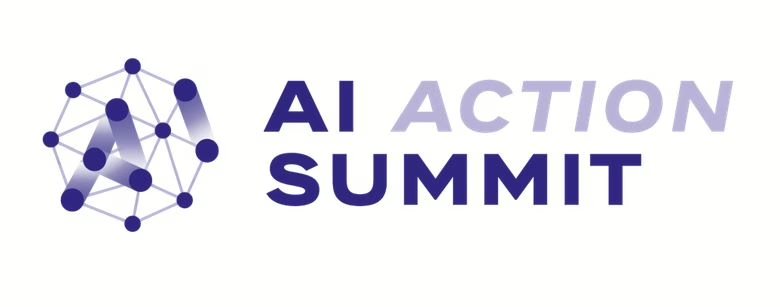
Press release : KeeeX sues C2PA, Adobe, OpenAI and Truepic for patent infringement
Marseille, Paris, 23th September 2025 – KeeeX, a French company pioneering a universal content authentication process, confirms that it filed a lawsuit¹ on 17th June 2025 with the Unified Patent Court (UPC) against several international entities for infringement of its European patent.
In response to various articles published and numerous requests for information received, KeeeX confirms that it has sued C2PA, Adobe, OpenAI, Truepic and Joint Development Foundation Projects before the Unified Patent Court (UPC) for infringement of its European patent, in particular for making the protected process open source worldwide.
“This lawsuit is a necessary step to protect our innovations, the interests of our customers and partners, and the strategic and economic interests of France and Europe,” said Laurent Henocque, Founding President of KeeeX.
At a time when billions of pieces of content are generated each year thanks to artificial intelligence, content authentication and transparency are proving to be the best option for combating disinformation and document fraud. Founded in 2014, KeeeX anticipated these challenges by filing several international patents in Europe and the United States to protect its proprietary process.
To date, document fraud is estimated to represent a loss of 65 billion € nationally. Furthermore, the global data market alone is worth over 100 billion €.
In this context, the secure metadata invented by KeeeX consists of embedding proof of integrity and provenance in each file, thus laying the foundations for a more responsible and sustainable digital world. This technology is set to revolutionise the digital world by making information verifiable, contributing to responsible AI and enabling authors to better protect their rights.
“Combating disinformation and document fraud is based on a simple principle: enabling any person or automated system to verify the authenticity and provenance of a digital file before using it. Secure metadata is a simple, frugal, infinitely scalable, universal and infrastructure-independent solution. It has the potential to radically change our perception of digital information,” explains Manuel Henocque, Chief Executive Officer of KeeeX.
KeeeX does not rule out taking legal action against other entities that infringe its intellectual property rights and announces that it will not comment on the ongoing case, as the decisions and orders of the UPC are publicly available².
1https://www.unifiedpatentcourt.org/en/registry/cases/case-details?case_number=28303&year=2025
²https://www.unifiedpatentcourt.org/en/decisions-and-orders?division_1=223&proceedings_lang=34
About KeeeX
Founded in Marseille (France) in 2014, KeeeX publishes a complete software suite that enables to certify, trace and make verifiable all files and business processes thanks to a universal process unique in the world. The company was born from the valuation of two patents invented by Laurent Henocque, founding President of KeeeX and a graduate of Polytechnique. The company provides the first universal secure metadata technology to protect and label digital content in a simple and sustainable way. The KeeeX suite is now used in 62 countries and has already authenticated more than 65 million files from companies in all sectors.
To download the PDF version of the press release, please click on the image below :







